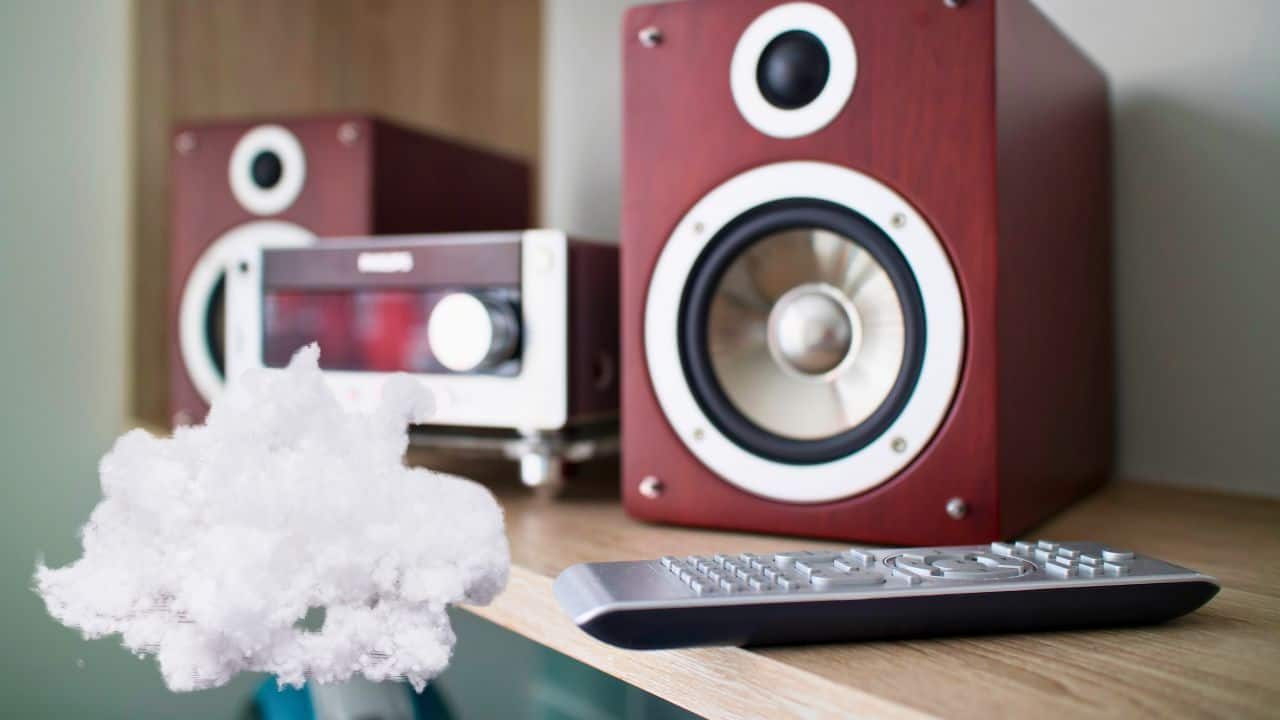Last Updated on January 3, 2024 by Nurul
When it comes to building a speaker box, there are several factors to consider in order to achieve the best sound quality and performance. One important element is the use of polyfill, a lightweight material that helps improve the overall sound reproduction of the speaker enclosure.
In this article, we will explore the benefits of using polyfill and determine how much polyfill is needed for your speaker box.
Contents
The Role of Polyfill in Speaker Boxes
Polyfill, also known as stuffing or acoustic fill, is a material commonly used in speaker box construction to control the internal air volume and absorb sound waves. Its main purpose is to reduce resonances and standing waves inside the enclosure, which can negatively impact the speaker’s performance.
When sound waves travel through the air inside the speaker box, they can bounce off the walls, creating reflections and interference.
This can result in muddier bass response, unwanted peaks or dips in frequency response, and a loss of overall clarity. By adding polyfill, these reflections are reduced, resulting in improved sound quality with more accurate and controlled bass reproduction.
Determining the Amount of Polyfill
The amount of polyfill needed for your speaker box depends on several factors, including the size of the enclosure and the specific characteristics of the speaker driver being used. It’s important to note that adding too little or too much polyfill can have a negative impact on the sound. Therefore, it’s essential to find the right balance.
Rule Of Thumb
A commonly used rule of thumb is to fill the enclosure with polyfill until it is approximately 50-70% full. This range provides a good starting point for most speaker box designs and helps achieve optimal sound quality. However, it is recommended to experiment with different amounts of polyfill to find the best performance for your specific setup.
Speaker Manufacturer Recommendations
In some cases, the speaker manufacturer may provide specific recommendations regarding the amount of polyfill to use. It’s important to consult the manufacturer’s guidelines or product documentation for any recommended polyfill quantities or techniques.
Calculating Polyfill Volume
If you prefer a more precise approach, you can calculate the polyfill volume based on the internal volume of the speaker box. Here’s a simple formula to help you determine the amount of polyfill required:
Polyfill Volume (cubic inches) = 0.04 x Vb
Where:
- Polyfill Volume is the amount of polyfill needed in cubic inches.
- Vb is the internal volume of the speaker box in cubic inches.
Keep in mind that this formula provides a general guideline, and the actual amount of polyfill required may vary depending on the specific design and desired sound characteristics.
How to Add Polyfill
Adding polyfill to your speaker box is relatively simple. Here’s a step-by-step guide to help you through the process:
- Ensure the speaker box is properly constructed and sealed to prevent air leaks.
- Open the speaker box and remove any existing stuffing or packaging material.
- Start by adding a thin layer of polyfill to the bottom and sides of the enclosure.
- Spread the polyfill evenly, avoiding any clumps or excess material.
- Continue adding polyfill until the desired amount is reached, considering the rule of thumb or calculated volume.
- Avoid overpacking the polyfill, as it may restrict the movement of the speaker cone or cause unwanted reflections.
- Once the desired amount of polyfill is added, securely close the speaker box.
It’s important to note that the polyfill should not obstruct the airflow or block any vents or ports in the enclosure.
Frequently Asked Questions For How Much Polyfill For Speaker Box?
How Much Polyfill Should I Use For My Speaker Box?
Use 0. 5 to 1 pound of polyfill per cubic foot of speaker box volume to improve sound quality and reduce resonance.
What Does Polyfill Do For Speaker Boxes?
Polyfill helps improve the performance of speaker boxes by reducing air reflections and absorbing sound waves, resulting in cleaner and tighter bass response.
Can Using Too Much Polyfill Be A Problem?
Using excessive polyfill can actually dampen sound too much, causing it to sound muffled or lack clarity. It’s important to strike a balance by following recommended guidelines.
Conclusion
Polyfill is a valuable component when it comes to optimizing the performance of your speaker box. By reducing resonances, standing waves, and unwanted reflections, polyfill helps improve sound quality and accuracy, especially in the bass frequencies.
It’s crucial to find the right balance of polyfill to achieve the desired sound characteristics, and it’s recommended to experiment with different amounts to determine the optimal configuration for your specific setup.

Hi, I’m Nurul! I love touching the latest gadget, unboxing them, and even smelling them! In this blog, I will share all my experiences. Hope you get the right idea about all kinds of gadgets from this blog.

